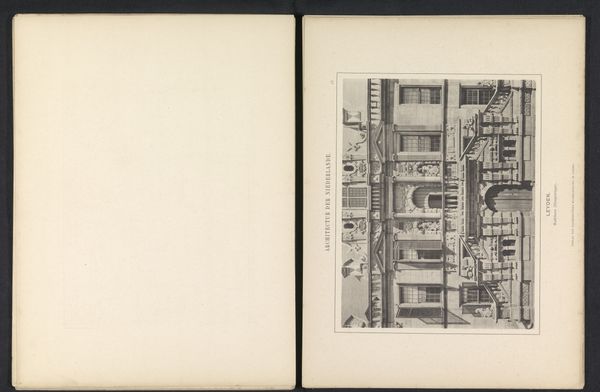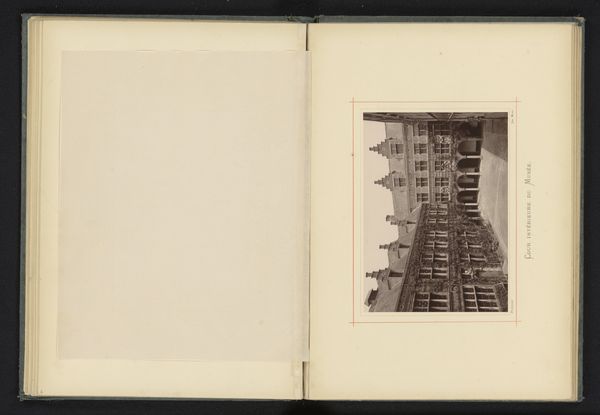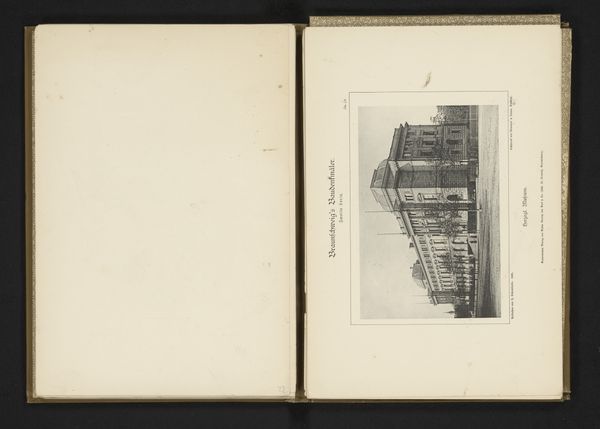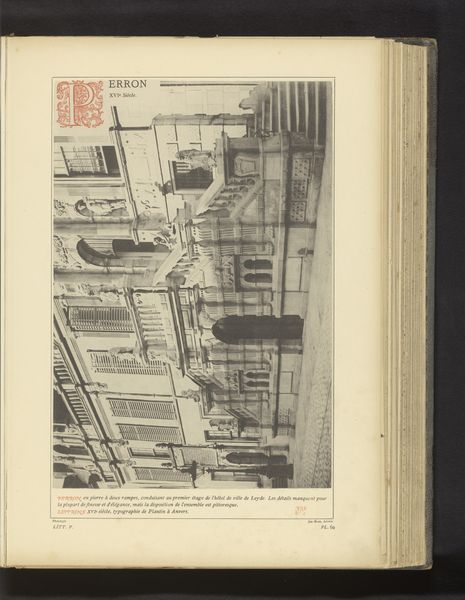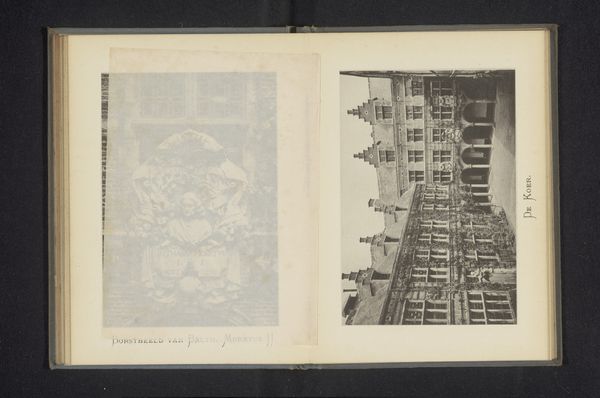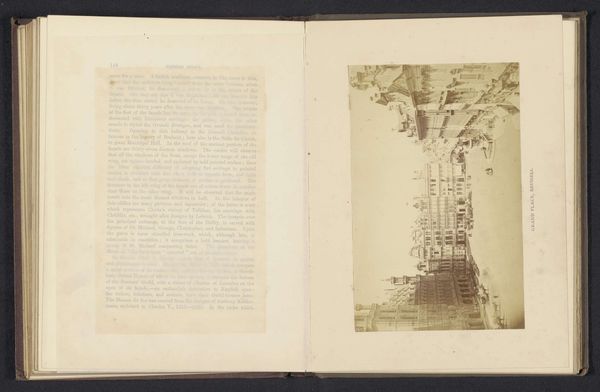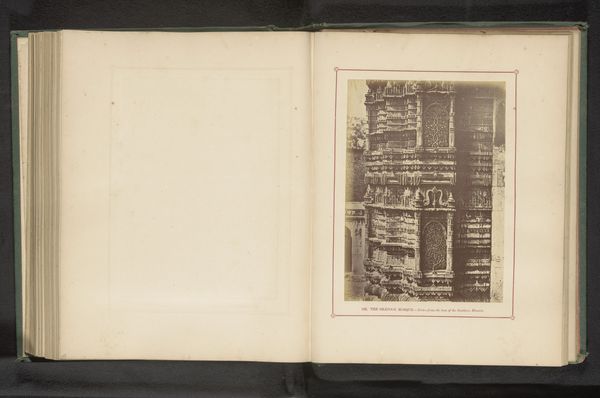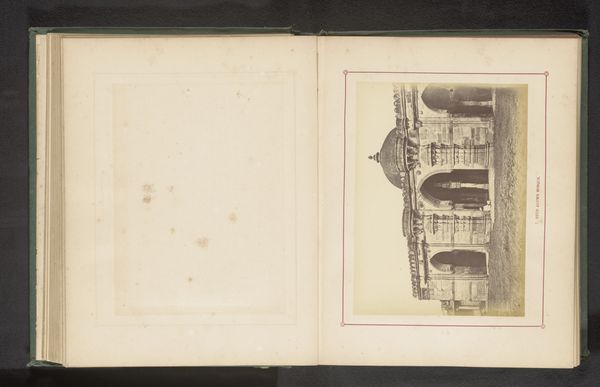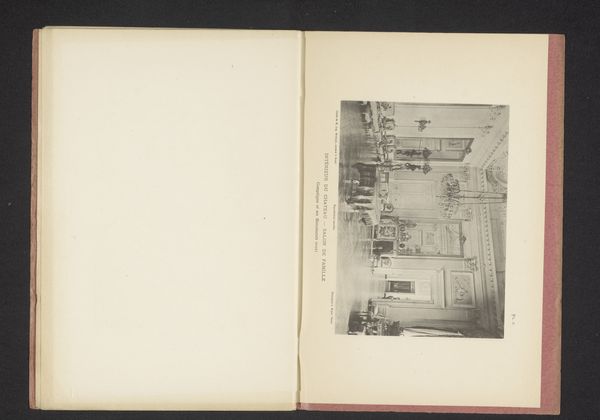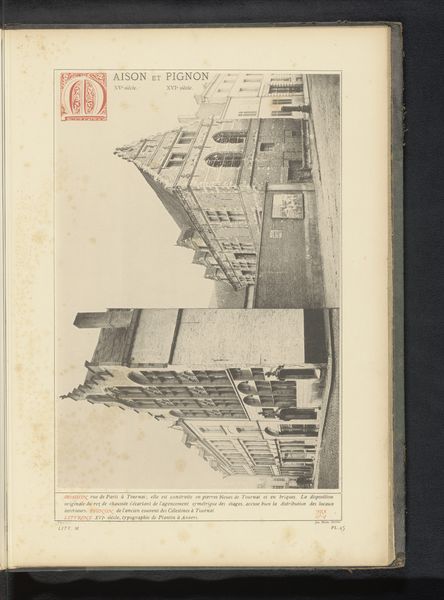
print, photography, engraving
# print
#
photography
#
cityscape
#
engraving
#
realism
Dimensions: height 68 mm, width 135 mm
Copyright: Rijks Museum: Open Domain
Curator: Here we have an engraving dating to before 1869, "Interieur van het Crystal Palace te Londen," credited to an anonymous artist. It captures a view inside the art gallery within London’s Crystal Palace. Editor: My first thought is how claustrophobic it feels. All those artworks packed together! It speaks to a particular Victorian desire for accumulation and display. Curator: Observe how the engraver uses hatching and cross-hatching to create a sense of depth and to delineate the forms of the sculptures and framed artworks. There’s an emphasis on linear perspective, drawing the eye into the space. The texture seems meticulously rendered. Editor: And it represents so much more than just aesthetic enjoyment. It mirrors how imperial power manifests through the act of collecting and categorizing art, mostly colonial loot. The sheer density implies a kind of cultural dominance. Were these accessible to all, or reserved for the elite? Who was really meant to feel at home in this 'palace?' Curator: You're correct. Formally, the high density could speak to broader ideas. It could evoke the industrial revolution, the sense of technological optimism of the time period that the Crystal Palace originally embodied. Note the almost grid-like composition implied by the architecture itself, supporting this read. Editor: Indeed. Its architecture of glass and iron also allowed for an unprecedented amount of light—ostensibly democratizing access to knowledge. And that light reflecting off the art and architecture is important: Is this the illumination of a new, accessible world, or a self-congratulatory shine of power and industrial might? Curator: That interplay between visibility and power that you raise seems to suggest a dual interpretation, certainly. Focusing back on technique, note the contrasts between areas of dense shadow and highlight... the bright highlights accentuate specific points of interest. Editor: It all underscores how supposedly 'neutral' spaces like museums reinforce social hierarchies and structures. Consider the labor, materials, and political maneuvers required to put all this together! The photograph presents this all as 'art,' effectively sanitizing this reality. Curator: Viewing the image simply through texture and light offers insight, yes, but ultimately incomplete without considering the historical contexts that imbue those visual elements with their full meaning. Editor: I concur. Looking through lenses of political, and cultural contexts are indispensable, in this case, when examining this piece. Ultimately, these two strategies will hopefully provide a fuller, and hopefully more inclusive and complete account.
Comments
No comments
Be the first to comment and join the conversation on the ultimate creative platform.

